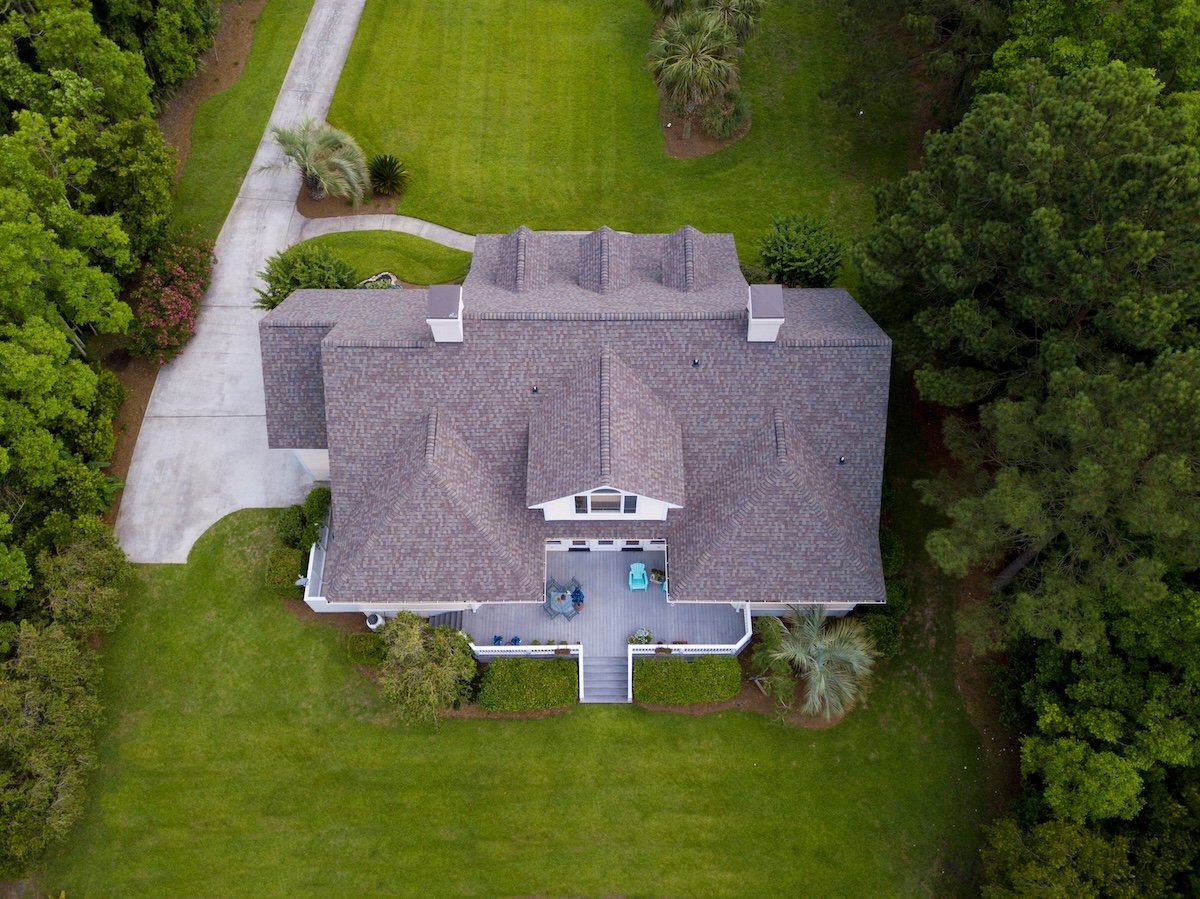Your roof is more than just shingles and nails. Understanding the various roof parts that make up this critical structure can help you maintain your home better, identify potential problems early, and make smarter decisions when it comes to repairs or upgrades. From the roof deck to the ridge cap shingles, each component plays a vital role in protecting your home. Below, we’ll take a closer look at 12 foundational parts of a roof every Nebraska homeowner should recognize.
Here are three things you’ll learn in this blog:
- Essential components of a roofing system and their purposes.
- How each roof part contributes to durability and weather resistance.
- Tips for keeping your roof healthy through better understanding and care.
❗️ Why Knowing Roof Parts Matters
Understanding the parts of a roof isn’t just for contractors or roofing professionals. For homeowners in Nebraska, where extreme weather like heavy snowfall, hail, and strong winds is common, knowing these basics is critical. This knowledge can help you communicate effectively during inspections or repairs and ensure you’re making informed choices about roofing materials and upgrades.
A typical roof is a roofing system, a combination of carefully engineered components designed to protect your home while enhancing its aesthetic appeal. Each part serves a purpose, from shedding water to improving energy efficiency.
🔑 The Key Roof Parts Every Homeowner Should Understand

1. Roof Deck
The roof deck is the backbone of your roof’s structure. It forms the base layer to which all other roofing materials are attached. Typically made of plywood or oriented strand board (OSB), the deck must be sturdy and well-maintained to support other structural components.
- Purpose: Acts as a flat, solid foundation for the roofing system.
- Care tips: Water damage or rot could compromise the roof deck, so ensure it remains dry and properly ventilated. If damage spreads, timely shingle roof repair becomes essential.
2. Roof Structure
Located underneath the roof deck, the roof structure consists of rafters and trusses that form the framework of a roof. This component determines the strength and shape of the roof styles, from steep gables to low-pitched designs.
- Purpose: Provides structural integrity and defines the overall shape of the roof.
- Care tips: Regular inspections can identify sagging rafters or damaged trusses early.

3. Roof Covering
The visible top layer, the roof covering, typically includes materials like asphalt shingles, clay tiles, or metal panels, but some homes use flat roof materials for a different look and performance.
- Purpose: Protects the roof from elements like rain, wind, and UV rays.
- Care tips: Replace worn or damaged shingles promptly to avoid leaks or further damage.
4. Roof Plane
A roof plane refers to the flat or sloped surface of a roof. Homes with different roof styles may have various planes connecting at ridges or valleys.
- Purpose: Directs water and debris away from the roof’s surface to the gutters.
- Care tips: Keep branches trimmed, as overhanging limbs can scrape and damage the roof plane.
5. Drip Edge
The drip edge is a metal flashing installed along the roof’s edge. It’s often overlooked but serves a significant purpose in protecting the home.
- Purpose: Prevents water from seeping under the shingles and directs it into the gutters.
- Care tips: Regularly check drip edges for rust or displacement. Replace as needed to ensure optimal performance.
6. Ridge Cap Shingles
Located at the roof’s peak, ridge cap shingles are specially designed for ridges, where two roof planes meet.
- Purpose: Provides a finished look while sealing the gap where roof planes connect.
- Care tips: Inspect ridges for wear, as these can be a vulnerable spot for water infiltration.
7. Roof Vents
Good ventilation is vital for maintaining moisture balance within your home. There are several types of roof vents that can improve airflow and efficiency.
- Purpose: Improves energy efficiency and extends your roof’s lifespan.
- Care tips: Keep vents unclogged by removing leaves or debris during seasonal cleanups.
8. Flashing
Flashing is a thin layer of metal installed around chimneys, vents, skylights, and other vulnerable areas to prevent water seepage.
- Purpose: Acts as a water barrier around roof penetrations.
- Care tips: Replace cracked or missing flashing immediately.
9. Valleys
These are the areas between two converging roof planes often prone to water accumulation. Proper installation is necessary to prevent leaks.
- Purpose: Channels rainwater toward gutter systems.
- Care tips: Ensure valleys remain clear of debris to avoid blockages.
10. Underlayment
The underlayment is a waterproof or water-resistant membrane that sits between the roof deck and the roofing materials.
- Purpose: Provides extra protection against water and ice infiltration.
- Care tips: Opt for durable synthetic underlayment, which offers greater longevity.
11. Gutter System
Though not directly a part of the roof, gutters protect your foundation. Ignoring maintenance can lead to clogs and an unexpected gutter replacement cost.
- Purpose: Helps maintain the roof’s edge and prevents water damage to siding and foundations.
- Care tips: Clean gutters seasonally to prevent clogging and overflow.
12. Fasteners
These include nails, screws, or other hardware needed to secure roof components in place.
- Purpose: Ensures all roofing materials stay in place under various weather conditions.
- Care tips: Invest in high-quality, weather-resistant fasteners when replacing or installing roofs.
⭐️ Most Essential Roof Components You Need to Inspect
Here’s a checklist of roof parts you should inspect regularly to ensure your home is protected year-round.
- Roof Covering: Damaged shingles or roofing materials can expose the roof deck to the elements. Always inspect for wear after storms.
- Roof Vents: Ensure roof vents are clear of debris like leaves or bird nests for proper air circulation.
- Drip Edge: Check that your drip edge is undamaged and in position to prevent water seepage.
- Flashing: Inspect for cracks or displacement around chimneys and skylights.
- Gutter System: Keep gutters clean by removing leaves and ensuring all attachments are secure.

🛠️ Maintaining Your Roof for Nebraska’s Climate
Nebraska homeowners endure extreme conditions ranging from torrential rain to heavy snowfall. By understanding key roof components and keeping them well-maintained, you can safeguard your home through all four seasons. Simple practices like regular inspections and cleaning can make a significant difference in prolonging the life of your roof and help you avoid a major roof repair cost.
🤝 Trust J-Tech Construction & Solar to Keep Your Roof in Shape
At J-Tech Construction & Solar, we understand how crucial a well-maintained roof is to protecting your home and family. Our team of roofing experts is here to help Nebraska homeowners with reliable inspections, repairs, and installations tailored to your needs.
Need guidance or repairs for your roofing system? Contact us today to schedule a free estimate or get expert advice for maintaining the parts of a roof that matter most. Protect your home the right way, and keep your roof in top shape with J-Tech!






